|
Hollyłódź – SE-MA-FOR Museum of Animation
Łódź like no other Polish city deserves to be called the capital of Polish cinema. For more than 60 years of The Film School in Łódź (The Polish National Film, Television and Theatre School in Łódź) had educated outstanding directors, cinematographers and actors who shaped not only Polish, but also global film art. It's a real hotbed of talent - its graduates include directors Andrzej Wajda, Roman Polanski; operators: Adam Hollender, Sławomir Idziak, Edward Kłosiński. The Film School in Łódź is not the only relationship Łódź with film. In Łódź after the World War II was founded Poland's first film production center, which later evolved into Film Production Plant. Łódź plant was the basis for the new studios - separated at The Studio Film Studies, Puppet Film Studio in Łódź (later SE-MA-FOR). SE-MA-FOR-producing cartoons - cartoons and puppet - especially famous productions such as Uszatek Teddy Bear, Teddy Bear Adventures Colargol, Magic pencil, as well as the award-winning film in 2008, directed Suzie Templeton - Peter and the Wolf. SE-MA-FOR MUSEUM OF ANIMATION is one of the most interesting cultural institutions in Lodz, which departed from the traditional form of the museum for the art solutions. Today the museum is no longer a static exhibition, but the art of animation, which can be touched.
The planned duration of the visit exhibition tours and film projection is one and a half hour.
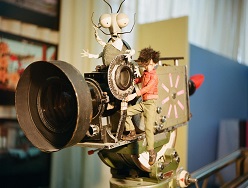 |
|
Park in Arkadia and the palace complex in Nieborów - the romantic journey
Nieborów and Arkadia are villages near Łowicza, located between Łódź and Warsaw, in an attractive tourist triangle involving Żelazowa Wola, Niepokalanów and Łowicz are popular places for family trips and organized tourist groups. In our country, it is difficult for objects that are so well preserved and escaped the war and post-war devastation and looting. Both of them are a perfect example. Nieborów - located in a well-preserved assumption park, well-equipped with original equipment Palace and Park in Arcadia, represent a unique tourist attraction.
Created in the late XVIII century, Park in Arkadia was supposed to be a place of reflection on human fate. Park, the only one of its kind in Poland, survived to this day almost unchanged. Romantic garden in the English style, was built for over 40 years by its founders - Duchess Helena Radziwiłowa. Refers to the new park at the time of current cultural-ideological, shows interest in architecture back to antiquity and the Middle Ages, as well as exotic forms. The park was built in many characteristic of the period of architectural objects. Erected artificial ruins and collected Lapidaria. This day, the garden contains many charming places, and interestingly designed on buildings by the beautiful greenery.
Location of the object :
Park in Arkadia is located of Route 70 leading from Łowicza to Skierniewice and further to Zawada (National Route No. 8).
The palace complex in Nieborów is located on the route of Nieborow to Bolimow, approx. 100 m east of Route 70.
Availability:
Park is open from 10a.m. to 5p.m. Entrance is payable: ticket 6 PLN, reduced 4 PLN.
The palace complex in Nieborów : introduction ticketed - palace and park: normal 15 PLN, reduced 6 PLN.
|
|
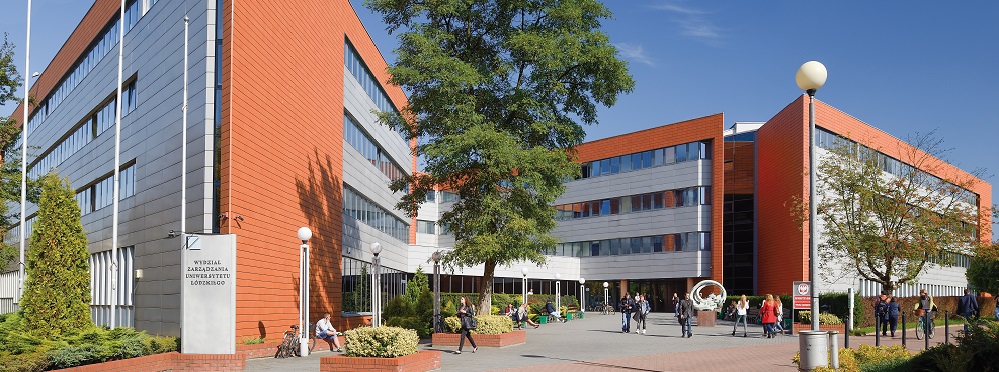
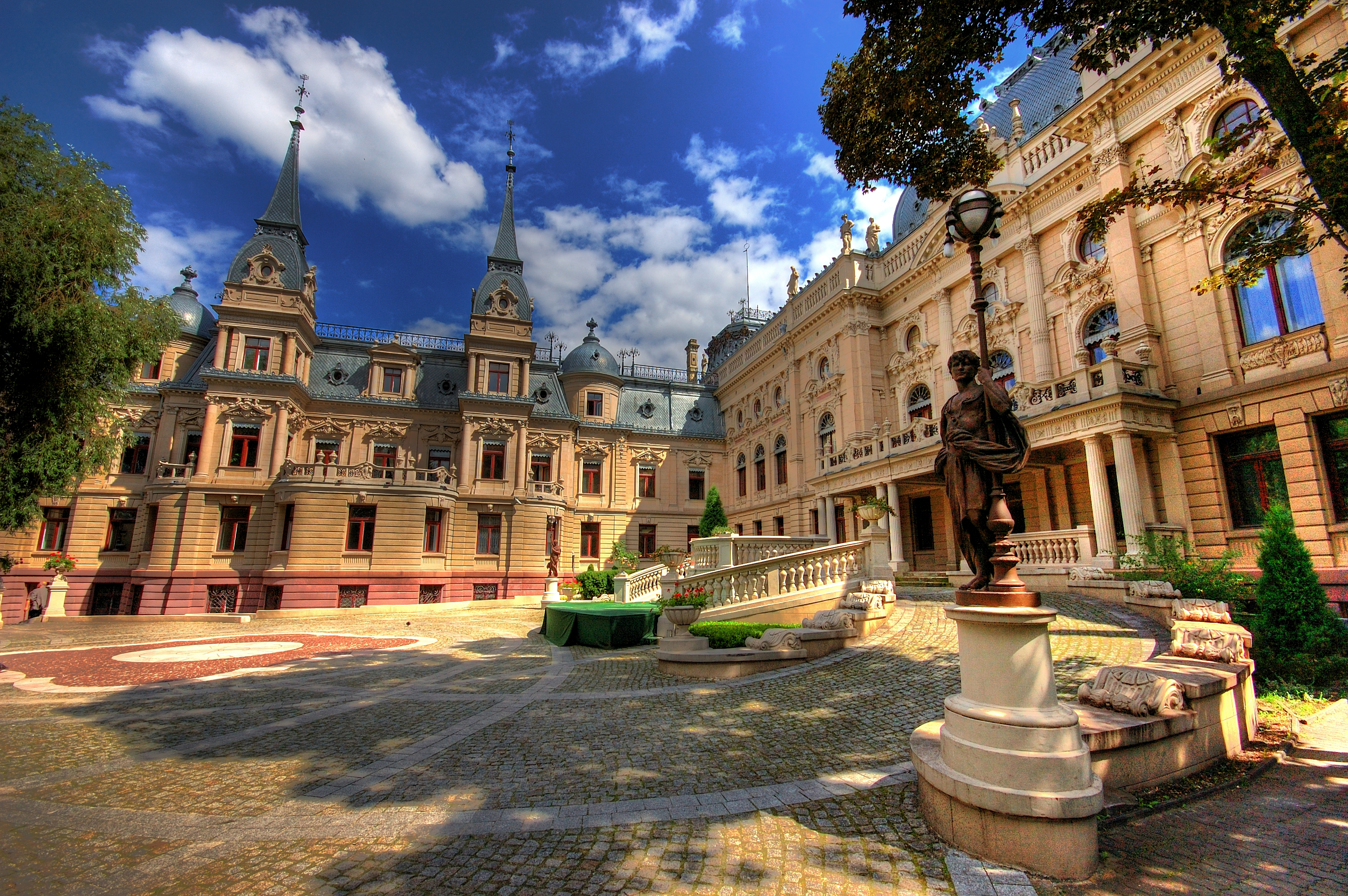
.jpg)
.jpg)
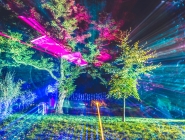
.jpg)
.jpg)
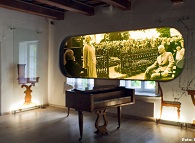
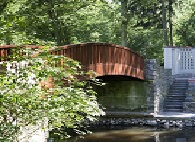
.png)
.jpg)
.png)
.jpg)
